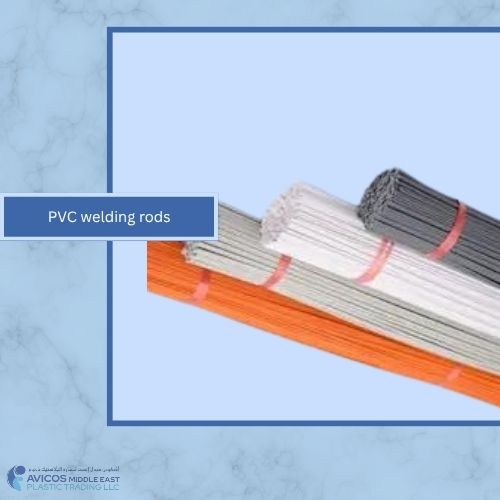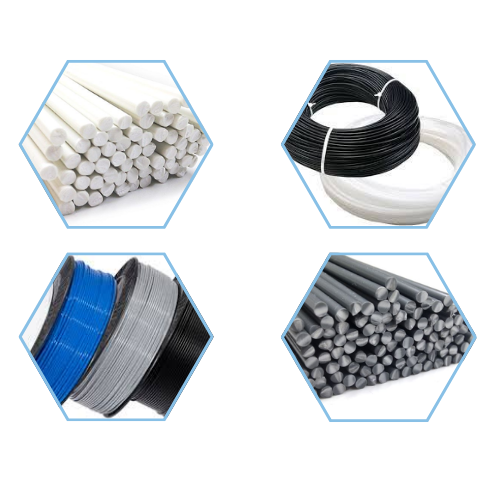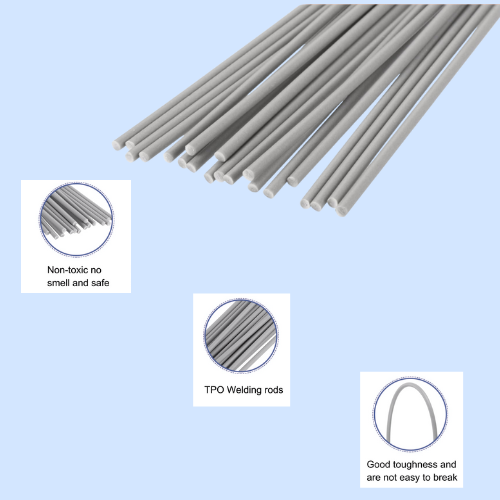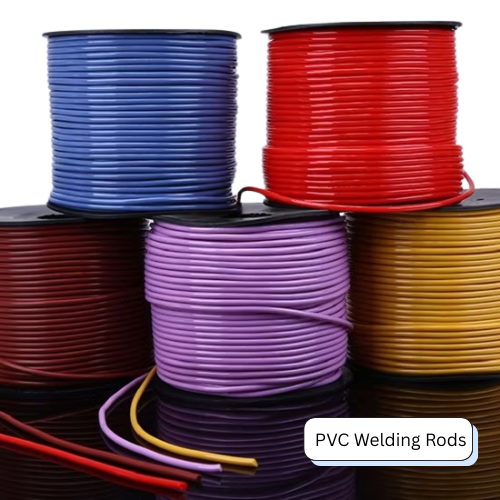What are PVC welding rods?
PVC Welding Rods play an important role in the plastic welding industry, especially in the UAE and the Middle East. These rods are made from polyvinyl chloride (PVC), a durable and chemically resistant plastic used for joining PVC surfaces securely.
Whether in Saudi Arabia, Dubai, Abu Dhabi, Oman, Qatar, Bahrain, Kuwait, the UAE or other parts of the region, PVC welding rods are largely used for repairing and manufacturing pipes, tanks, and various plastic products. In this blog, you’ll learn about PVC welding rods, their features, benefits, applications, usage, safety, and how you can find trusted suppliers locally.
What are the features of PVC welding rods?
Check out the following points to know the features of PVC Welding Rods.
- Strong and Durable Joints
Designed to produce seamless, long-lasting welds when joining PVC materials, these rods create connections that can handle environmental stress.
- Chemical and Corrosion Resistance
PVC Welding Rods are highly resistant to acids, alkalis, alcohols, oils, fats, aliphatic hydrocarbons, and petrol. These rods are perfect for extreme environments such as chemical plants, water treatment facilities and waste management systems.
Offers effective resistance to fire, improving safety in areas with potential fire risks.
- Lightweight and Cost-Efficient
Due to its low weight, it is easy to handle and affordable, helping reduce overall project costs.
Welded joints need very little upkeep over their service life. This helps save both time and repair costs for the user.
Suitable for welding different shapes and designs, allowing flexibility in applications.
Provides good electrical insulation, making it safe for specific electrical-related uses.
- High Strength and Toughness
Delivers welds with excellent tensile strength, hardness, and mechanical performance.
Low water absorption prevents damage from moisture, mold, and algae.
PVC welding rods can retain their size and shape over time, even under different conditions.
Simple to weld, fabricate, machine, thermoform, and bond.
Applications
PVC welding rods are valued in many industries for their power, durability, and resistance to chemicals. Within plumbing and piping systems used in residential, commercial, and industrial buildings, they are used to create secure, leak-proof joints and to repair damaged sections without replacing entire pipes. Their corrosion resistance makes them well-suited for chemical and pharmaceutical storage tanks; it make ensures that containers remain safe when exposed to harsh substances.
They are also important in agricultural irrigation systems, where they help repair and fabricate flexible pipes for efficient water flow. In construction and architecture, these rods are used to make plastic components such as facades, windows, and structural parts.
The automotive sector depends on them for fixing plastic panels, bumpers, and other parts needing strong, long-term bonds. Recreational products like kayaks and boats also benefit, as PVC welding rods enable repairs and fabrication that endure water contact and physical stress.
How to use?
There are a few steps that must be followed when dealing with PVC welding rods.
- Prepare the surfaces by cleaning and removing dirt, oil, or moisture.
- Select a welding rod that matches the base PVC material (e.g., PVC to PVC).
- Use a suitable welding tool such as a hot air gun or extrusion welder.
- Heat the rod and the joint area until both soften.
- Apply the rod to the joint, fusing the materials together carefully.
- Allow the welded area to cool down completely before handling or stress.
Safety guidelines
The following points provide the safety guidelines for PVC welding rods.
- Make sure to work in a well-ventilated area to avoid inhaling fumes.
- Use safety gloves and goggles to guard against burns and protect your eyes
- Use heat-resistant tools designed for plastic welding.
- Avoid exposure to open flames and sparks near PVC materials.
- Dispose of scrap materials properly and keep the working area clean.




